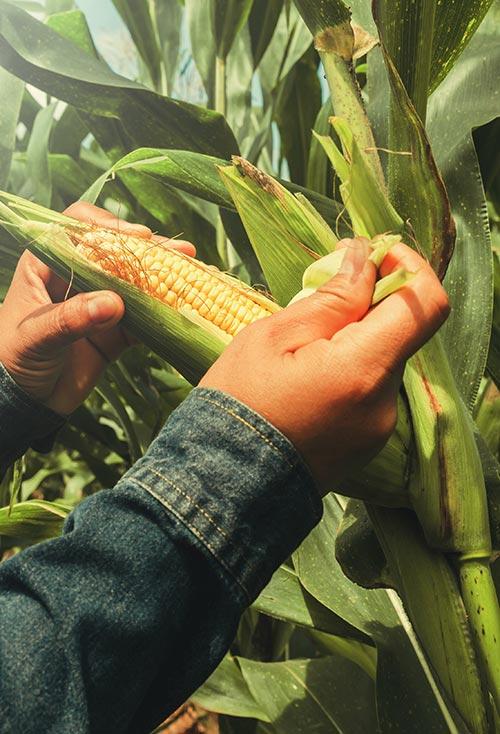INTRODUCTION
Most fuel ethanol is currently produced from starch in the United States and cane sugar in Brazil, and new technologies are emerging for ethanol production from cellulosic biomass such as wood, grasses, and agricultural and forestry residues. However, because most of the ethanol in the United States is limited to 10% blends with gasoline, current ethanol production in the United States has virtually saturated that market. The resulting "blend wall" and lack of vehicles that can run on higher concentrations of ethanol (E85) limits further expansion of corn ethanol production in the United States. It also means that emerging technologies for conversion of cellulosic biomass into ethanol must compete head-on with corn ethanol. This situation presents a major challenge and potential barrier for further growth of sustainable transportation fuels production.
Source: Biofuels for Energy Security and Transportation Act 2007-U.S. Market.
VERTIMASS TECHNOLOGY, DEPLOYMENT AND TEAM:

Vertimass LLC was awarded a worldwide exclusive license for novel catalyst technology invented at Oak Ridge National Laboratory for the conversion of ethanol into jet fuel, diesel fuel, and gasoline blend stocks that are compatible with the current transportation fuel infrastructure. These blend stocks are anticipated to qualify for the Renewable Fuel Standard at the same level as the ethanol used as the feedstock. The technology can also inexpensively convert ethanol into renewable chemicals.
The Vertimass process for transforming ethanol into hydrocarbons benefits from:
- Simplicity
- Virtually complete conversion of ethanol into hydrocarbons,
- No hydrogen addition,
- Production of minimal light gases,
- Mild (relatively low temperature and atmospheric pressure) operating conditions,
- Ability to process 5% to 100% ethanol concentrations,
- Product flexibility to respond to changing market demands,
- Bolt onto to existing ethanol plants with very low capital and operating costs,
- Potential ability to replace dehydration and rectification,
- Potential to reduce energy and water use for ethanol production, and
- Potential to increase corn grind or other feedstock feed rates to existing processes
Vertimass' goal is to commercialize this novel technology to overcome obstacles that limit ethanol use in gasoline for light duty vehicles and open up new ethanol markets for aircraft and heavy-duty vehicles.* Vertimass plans to partner with ethanol producers to integrate this technology into existing ethanol plants (current U.S. production ~ 14 billion gallons/year) as rapidly as possible to overcome the blend wall. In 2021, the Biden Administration, under the Commercial Aviation Alternative Fuels Initiative (“CAAFI”), took action to produce three billion gallons of sustainable fuel in an effort to reduce aviation greenhouse gas emissions by 20% by 2030, with the goal of the United States aviation sector being carbon-free by 2050, estimated at 35 billion gallons SAF, sustainable aviation fuel, per year. Vertimass technology directly targets this SAF production goal.
Vertimass has assembled a synergistic team of business executives, engineers, scientists, and consultants to move this technology to commercial use. The team is led by Bill Shopoff (Chairman), Charles Wyman, PhD (President and CEO), John Hannon, PhD (COO), and Tom Mullen (EVP). The team also includes Chaitanya Narula, PhD (catalyst chemist), Brian Davison, PhD, and Martin Keller, PhD (board member), the three inventors of this novel technology. Vertimass has lined up an experienced team of consultants with expertise in catalysis, ethanol production, fuels, and scale up. Vertimass plans to work with catalyst manufacturers, engineering and construction firms, fuels markets, and others to rapidly commercialize the technology.
*There is no assurance that this goal will be achieved or meet investment objective.
SUSTAINABLE AVIATION FUEL
Watch World Economic Forum's video for more information on how the aviation industry will incorporate sustainable aviation fuels in their plans to achieve net zero CO2 emissions by 2050.An investment in Vertimass must be considered speculative. There are no guarantees of distributions or returns, and an investor may lose all or part of their investment. There are various risks related to an investment in Vertimass which are described in the Private Placement Memorandum. These risks include:
- Emerging Growth Company: The Company is an emerging growth company that is not yet profitable, is without significant operating history, and may experience significant losses for some time after the Offering.
- Expectations of Future Losses: The Company is not currently profitable.
- Failure to Achieve Targeted Raise: As discussed above, the Company is seeking to raise up to an additional $45 million for use as working capital through the Offering (the “Targeted Raise”). In the event the Company is unable to raise up to the Targeted Raise, it may not be able to fund its operations as it presently anticipates.
- Illiquid Investment: Members of the Company are not permitted to withdraw their investment from the Company and therefore may have to bear the economic risk of an investment in the Company for a substantial period of time.
- No Assurance of Additional Capital: The success of the Company depends upon receiving significant funding from the net proceeds of this Offering, as well as additional financing.
- No Assurance of Distributions: Members may not receive any cash distributions.
- No Role in Management: Members will be unable to exercise any management functions with respect to the Company. The rights and obligations of the Members are governed by the provisions of applicable Delaware law and by the Operating Agreement.
- Projections: Any projected financial results prepared by the Company have not been independently reviewed, analyzed, or otherwise passed upon. Such “forward looking” statements are based on various assumptions of the Company, which assumptions may prove to be incorrect. There can be no assurance that such projections, assumptions and statements will accurately predict future events or actual performance.
- Changes in Fuel Prices: In recent years, the price of ethanol has been less than the price of petroleum-based fuels, which increased demand for ethanol and other comparably priced alternative fuels. However, the price of ethanol and petroleum-based fuels can drastically change over time so it is difficult to predict how fuel prices will be in the future.
